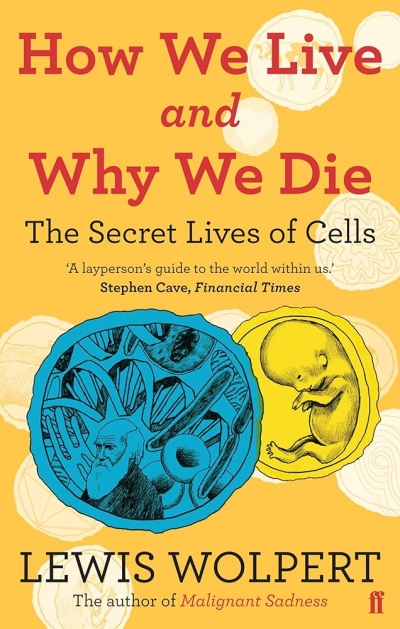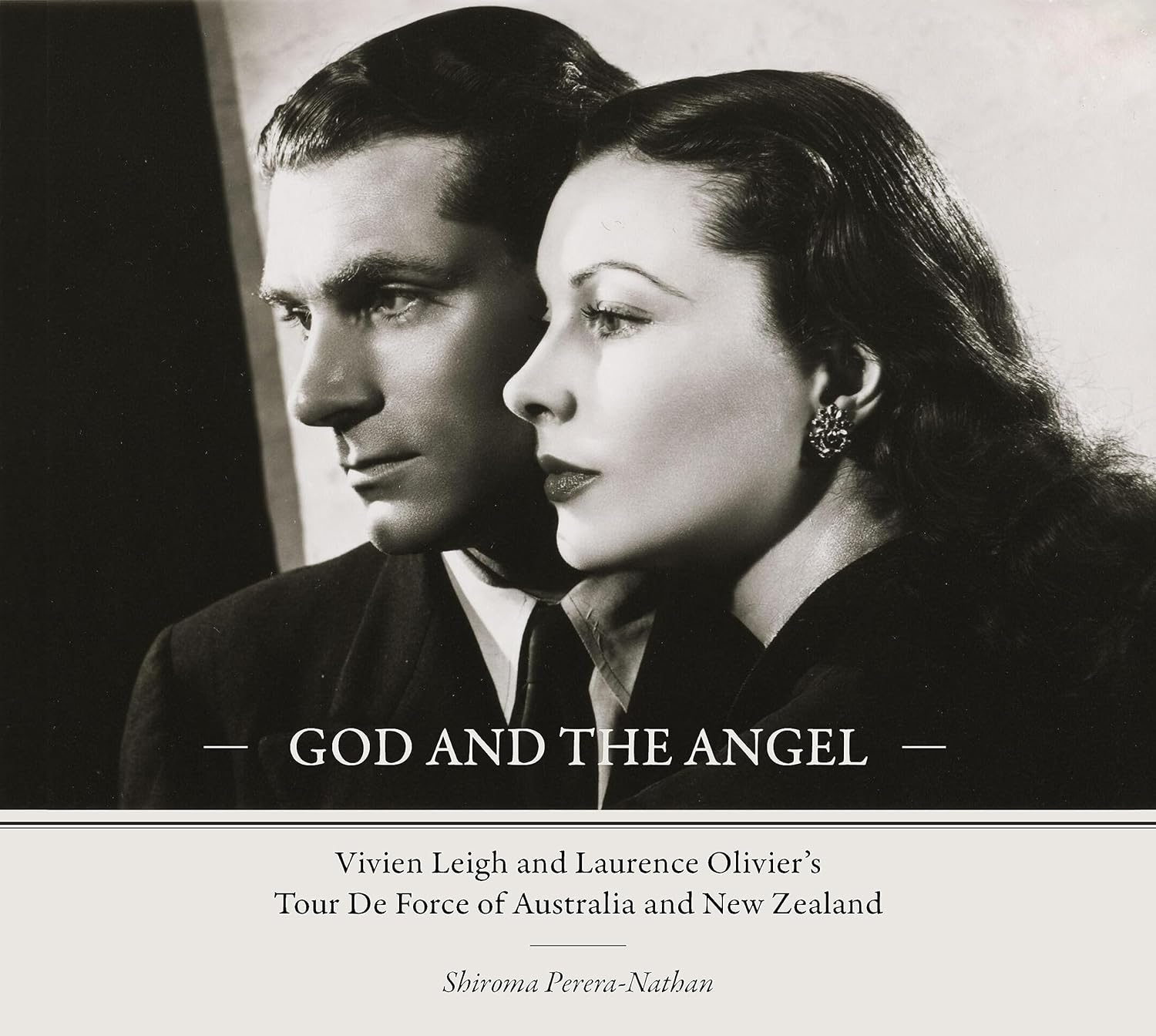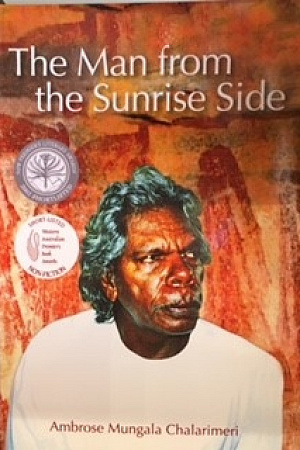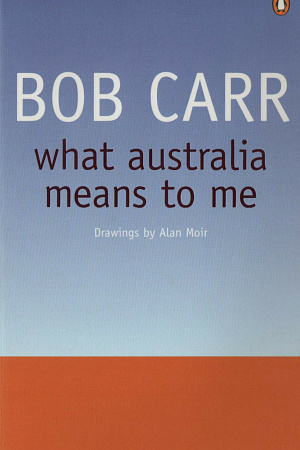How We Live and Why We Die: The secret lives of cells
Faber and Faber, $39.99 hb, 240 pp, 9780571239115
A thing almost incredible
All living organisms are made of cells. Some, like bacteria, consist of just single cells; others, like humans, contain trillions of individual cells. The term ‘cell’ was first used in this context by the remarkable Robert Hooke in his beautifully illustrated masterpiece Micrographica: or some Physiological Descriptions of Minute Bodies made by Magnifying Glasses with Observations and Inquiries Thereupon (1665). Hooke had been observing a thin slice of cork under his newly developed microscope. These cells were ‘[the] first microscopical pores I ever saw, and perhaps, that were ever seen, for I had not met with any Writer or Person, that had made any mention of them before this.’ He then showed why:
there were usually about threescore of these small cells placed end-ways in the eighteenth part of an Inch in length, whence I concluded there must be neer eleven hundred of them, or somewhat more then [sic] a thousand in the length of an Inch, and therefore in a square Inch above a Million, or 1166400. and in a Cubick Inch, above twelve hundred Millions, or 1259712000. a thing almost incredible, did not our Microscope assure us of it by ocular demonstration.
Continue reading for only $10 per month. Subscribe and gain full access to Australian Book Review. Already a subscriber? Sign in. If you need assistance, feel free to contact us.









